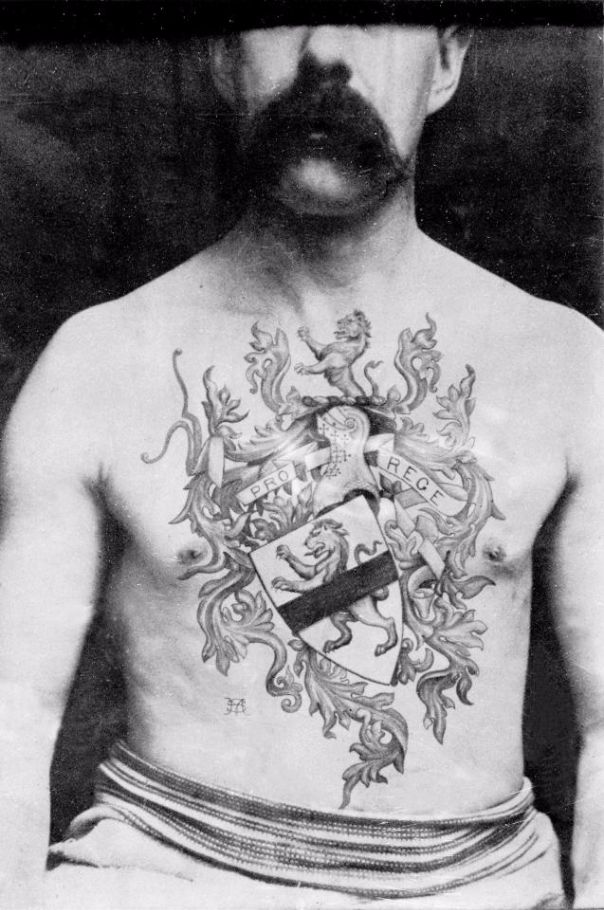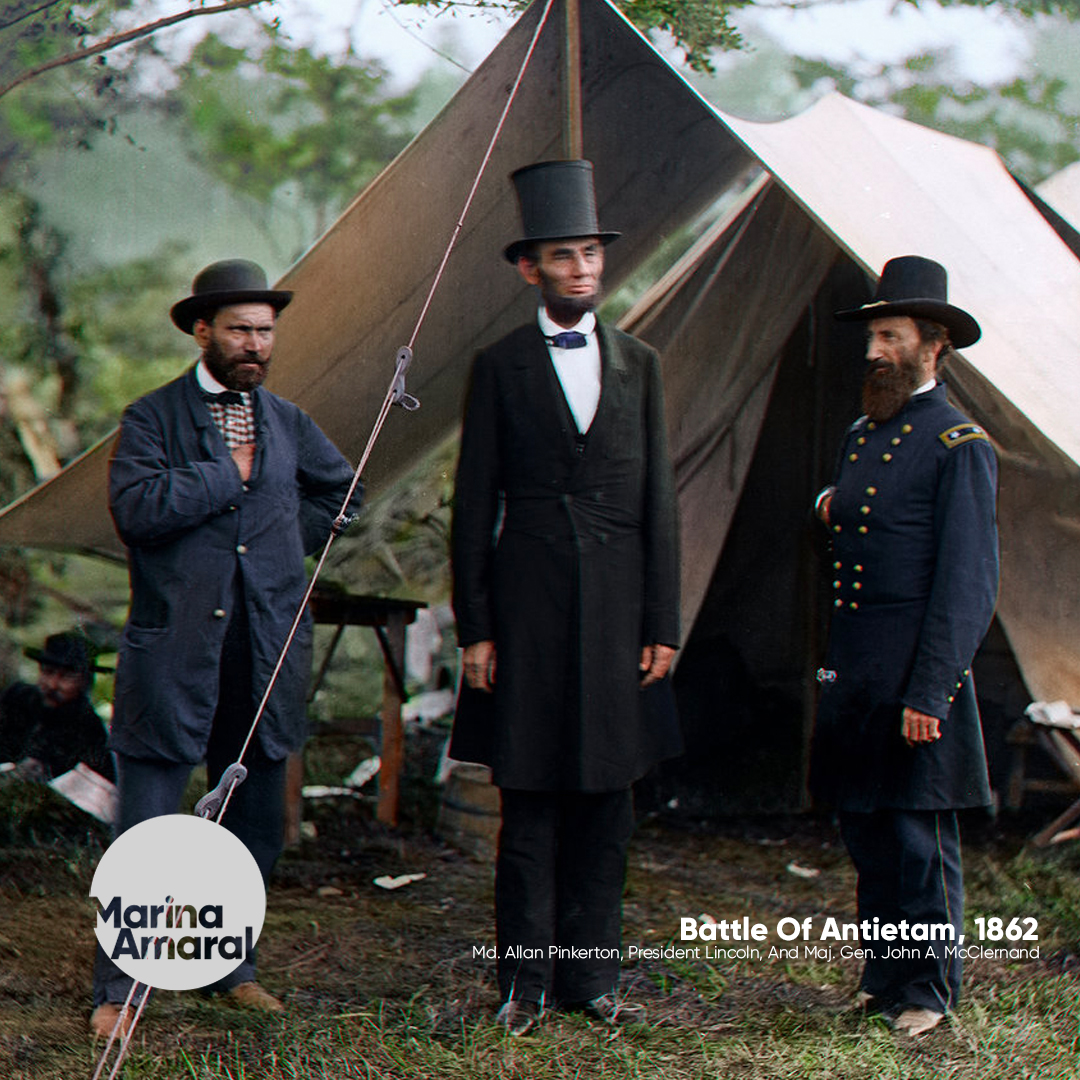
The Battle of Karansebes was a deadly battle fought by the Austrian army... against itself (in a combination of alcohol and miscommunication).
At some point during their drinking, a group of infantrymen came across the cavalrymen...
At some point during their drinking, a group of infantrymen came across the cavalrymen...

The infantry soldiers wanted to join the party but were denied.
This started an argument which turned into a fistfight and escalated into a brawl. Everything took a turn for the worse when a shot was fired during the fight.
The shot was heard by the sober Austrian soldiers who were inside the town of Karansebes.
The shot was heard by the sober Austrian soldiers who were inside the town of Karansebes.
These men were on alert for the Turkish forces that were set to arrive the next day and assumed the shot from across the river was the enemy. Records state that one of the soldiers in the town shouted “Turks!” which was heard by the soldiers across the river.
By the end of the night, an estimated 10,000 soldiers would be either dead or wounded.
The real Turkish forces arrived at the town two days later.
The real Turkish forces arrived at the town two days later.
Read more: warhistoryonline.com/instant-articl…
• • •
Missing some Tweet in this thread? You can try to
force a refresh


















